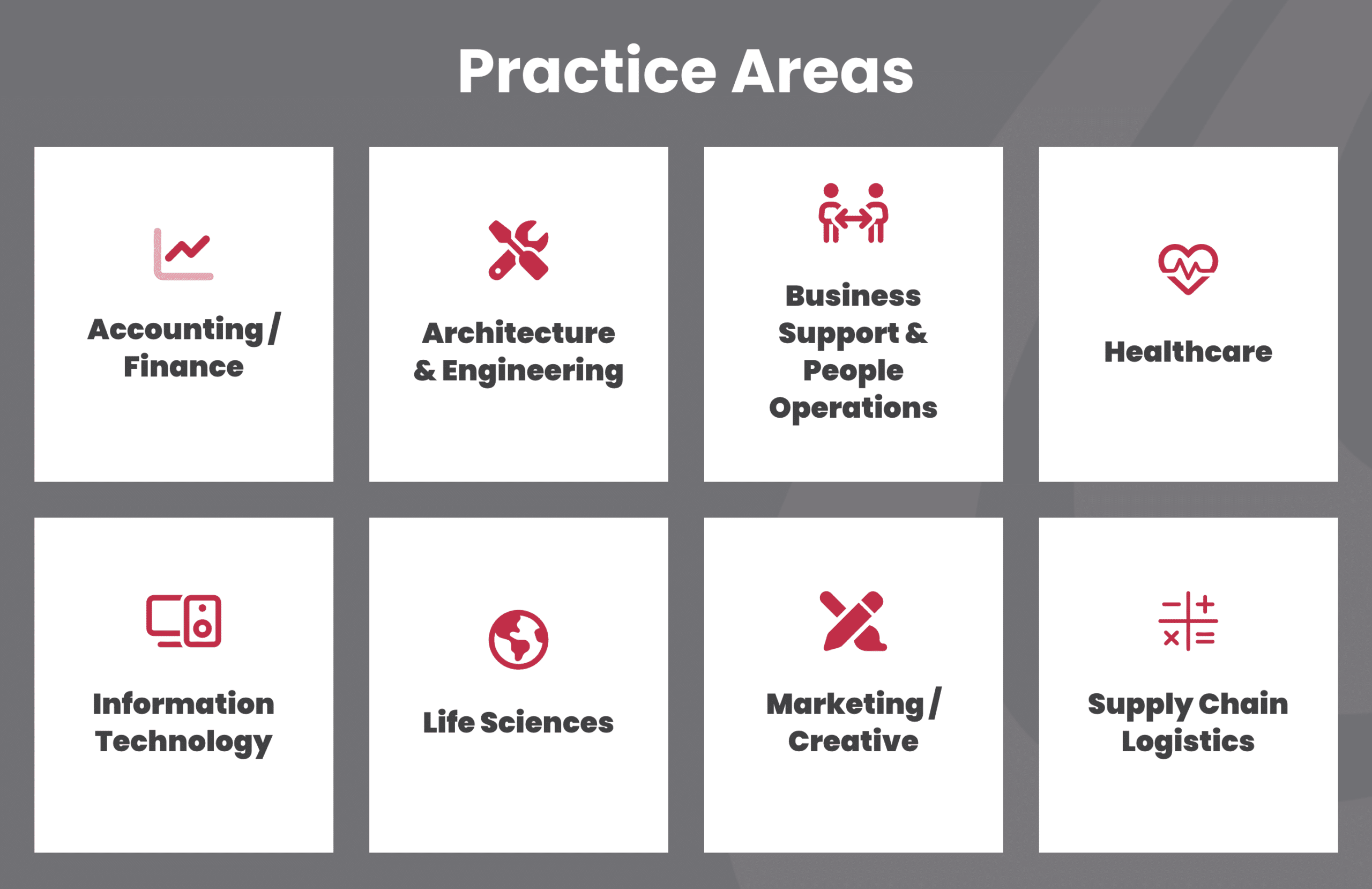
One of the words most frequently used to describe the modern, effective workforce is “agile.” But what exactly does this mean and why is it important?
The term “agile workforce” has become popular in recent years as organizations have faced increasing uncertainty and rapidly changing business environments. An agile workforce is one that is flexible, adaptable, and able to quickly respond to changing needs and circumstances.
An agile workforce is critical to helping businesses remain competitive, respond to new opportunities, and manage risk in an unpredictable economy.
A staffing firm has proven to be a good partner to businesses who want to adapt an agile framework by staying both lean and productive. By embracing a mix of short and long-term contract professionals of varying titles and skill sets, companies are able to tap into a diverse talent pool on demand, staffing up or down as needed to meet project demand. Additionally, the use of contract professionals can defray employment costs associated with hiring permanent employees such as recruitment, payroll taxes and benefits. The contract/temporary associate always remains the employee of the staffing firm therefore reducing a firm’s corporate overhead.
By the time an individual is referred for a contract engagement s/he has already been screened, interviewed and reference checked. The time-to-fill is usually a quick turnaround so that workforce performance stays at an optimum level. Many firms utilize temp-to-hire strategy which gives them the chance to evaluate employees’ skills and cultural DNA before extending a job offer and this reduces the risk of hiring the wrong candidate. The result is often better long-term hiring decisions.
Besides a partnership with a staffing firm, companies can also execute an agility plan to develop and nurture a workforce that is neither under nor overstaffed. To do so, here are some Best Practices:
- Define Your Goals
Clearly define your goals and objectives for your agile workforce strategy. This will help ensure that your strategy is aligned with your business goals and objectives. - Assess Your Workforce
Assess your current workforce to identify any skills gaps or areas for improvement. This will help you determine where to focus your efforts to increase agility. - Foster a Culture of Continuous Learning
Provide opportunities for your employees to learn new skills, knowledge, and techniques. Think about upskilling to create career advancement and growth paths. Help your people stay current and adapt to changing circumstances. - Encourage Collaboration and Communication
When teams, departments, and functional areas are in sync, it builds a culture of teamwork and collaboration that is essential for agility and adapting to the marketplace, product demands or emergency situations. - Embrace Flexibility
Now more than ever, companies must respond to work demands for better work/life balance. This means offering flexible work schedules, hybrid work situations and work remote opportunities. Employees who experience improved work-life balance often display better engagement, productivity and loyalty. - Foster an Entrepreneurial Spirit

Foster an entrepreneurial spirit by encouraging employees to be creative, innovative, and take risks. This will help them drive change and improve your organization’s agility. - Invest in Technology
It’s easy to stick your head in the sand and stay with processes that have produced in the past. But how we work and perform on the job keeps changing and investment in technology can help automate manual processes, increase collaboration, improve communication and enable you to remain competitive when it comes to generating revenues and for retaining staff. - Promote Employee Engagement
Strive for transparency. Involving employees in decision making provides opportunities for growth and development; it also recognizes their contributions and keeps them motivated. - Monitor and Measure Results
You need to keep track of your plan’s effectiveness and identify areas for improvement. Agile means movement, improvement and swift reaction to problems. - Continuously Evaluate and Adjust
It is essential to remain relevant and effective. This will help you stay competitive and effectively respond to changing business conditions.
For most organizations, agility is perhaps more of a process than a destination and a good mantra for staying agile was said by software engineer, Jim Highsmith, “Agility is the ability to adapt and respond to change … agile organizations view change as an opportunity, not a threat.”
***************************************************

